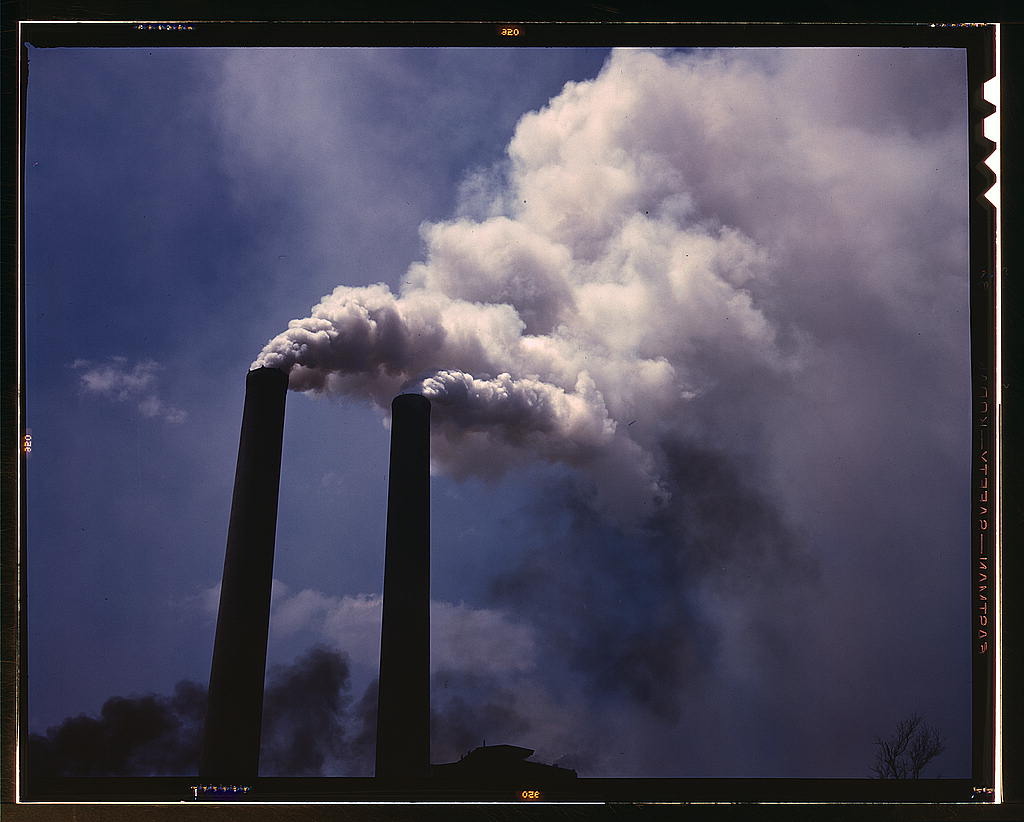What’s the Social Cost of Carbon? Higher.
How much should society spend now to cut emissions that cause climate change? The answer is at least partly rooted in a concept that’s likely familiar to many Undark readers, but still far from common parlance: The “social cost of carbon.” It’s a way of measuring all the various economic impacts —think sea level rise and damage to property, for example, or decreases in agricultural productivity, or even increased health care costs — associated with incremental increases in carbon dioxide emissions
Calculating the social cost of carbon isn’t totally straightforward, though. Economic models can’t capture every potential impact, for example, and the figure depends on a lot of factors that scientists are continuing to study, including the climate’s overall sensitivity to CO2 emissions. But finding an accurate number matters greatly, because it determines what ought to be done now to forestall damages down the line. A lower price tag would suggest taking only modest action now. A higher price tag argues for more aggressive political action
The White House currently puts the social cost of carbon at around $36 per ton of CO2 emitted in 2015, and federal agencies draw upon this figure when they do cost-benefit analyses for anti-pollution policies or proposed infrastructure projects.

What’s the real cost of continuing to emit carbon dioxide pollution? Probably more than the government currently suggests.
But many analysts have argued that the U.S. government’s figure vastly lowballs the social cost of carbon. One study published last year, for example, put the price tag at more than $220 per ton, when accounting for recent research suggesting that climate change would slow economic growth in low-income countries. A newer study, published this week, examined the question from a slightly different angle, asking how “tipping points” could alter the trajectory of climate-related damages, but it came to a similar conclusion: The U.S. estimate for the social cost of carbon is too low, the researchers reported in Nature Climate Change —perhaps by several factors
“It basically says that the policy recommendation must change radically from doing relatively little to tackle climate change to doing everything we can as fast as we can, and then some more,” says lead author Timothy Lenton, a climate scientist at the University of Exeter
Climate change brings with it the risk of crossing various “tipping points” in our climate system, Lenton and his colleagues found. Climate scientists worry that long-stable elements of our climate system, such as the polar ice sheets and the El Niño-La Niña cycle — predictable systems and cycles around which civilization itself has evolved — could become unpredictable and fall into an entirely different patterns, with unknown results for economies around the globe.
For example, ice sheets that are slowly melting now could totally collapse after a certain amount of warming, and they might well stay that way for a long time even if temperatures stabilized, locking in more damaging sea-level rise. Or the reliable oceanic conveyor belt that churns warm water to the surface of the North Atlantic Ocean from southern waters to keep Europe’s winters mild could come to a near halt with too much ocean warming. Europe’s climate could change dramatically, destabilizing everything from tourism and public health to agriculture
With thest and other potential tipping points factored into their model, the researchers arrived at an average social cost of carbon of $116 per ton —well above the $36 U.S. government value
Of course, this is just one study and one model that uses one set of assumptions. And Robert Kopp, a climate science and policy researcher at Rutgers University who wasn’t involed in the study, cautioned that scientists are still trying to narrow down how costly it is to cross various tipping points, so the results should not be understood as conclusive — a point Lenton himself concedes
But the paper’s warnings on where the social cost of carbon really ought to be —that is, much higher —are more important than any exact number, Kopp said. Enough is at stake on the issue, in fact, that the National Academy of Sciences has convened a panel —of which Kopp is a member — to advise the U.S. government on potentially revising how it estimates the social cost of carbon. This latest research will almost certainly contribute to the conversation.
“The bottom line,” Kopp said, “is that this is an elegant and useful paper.”










